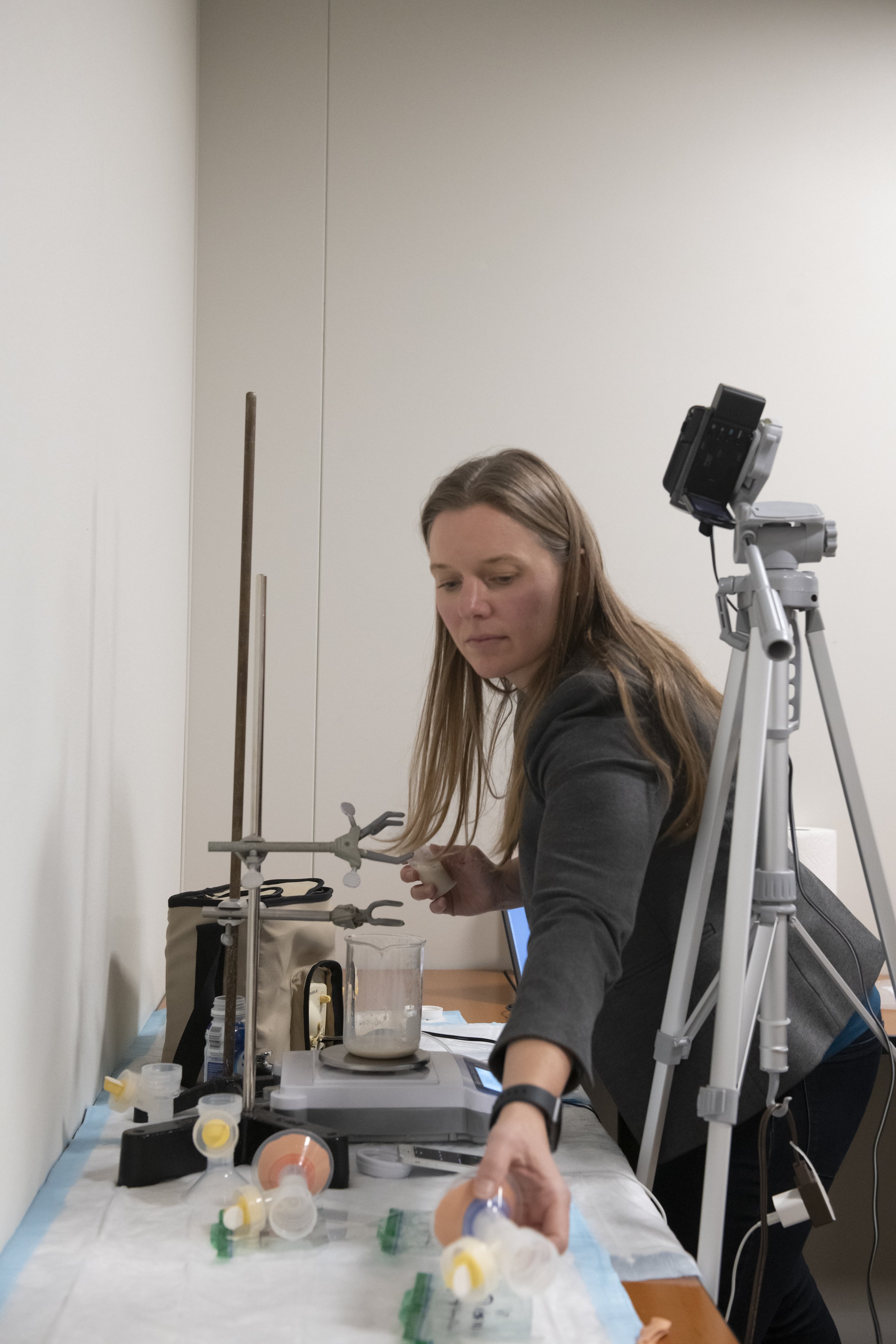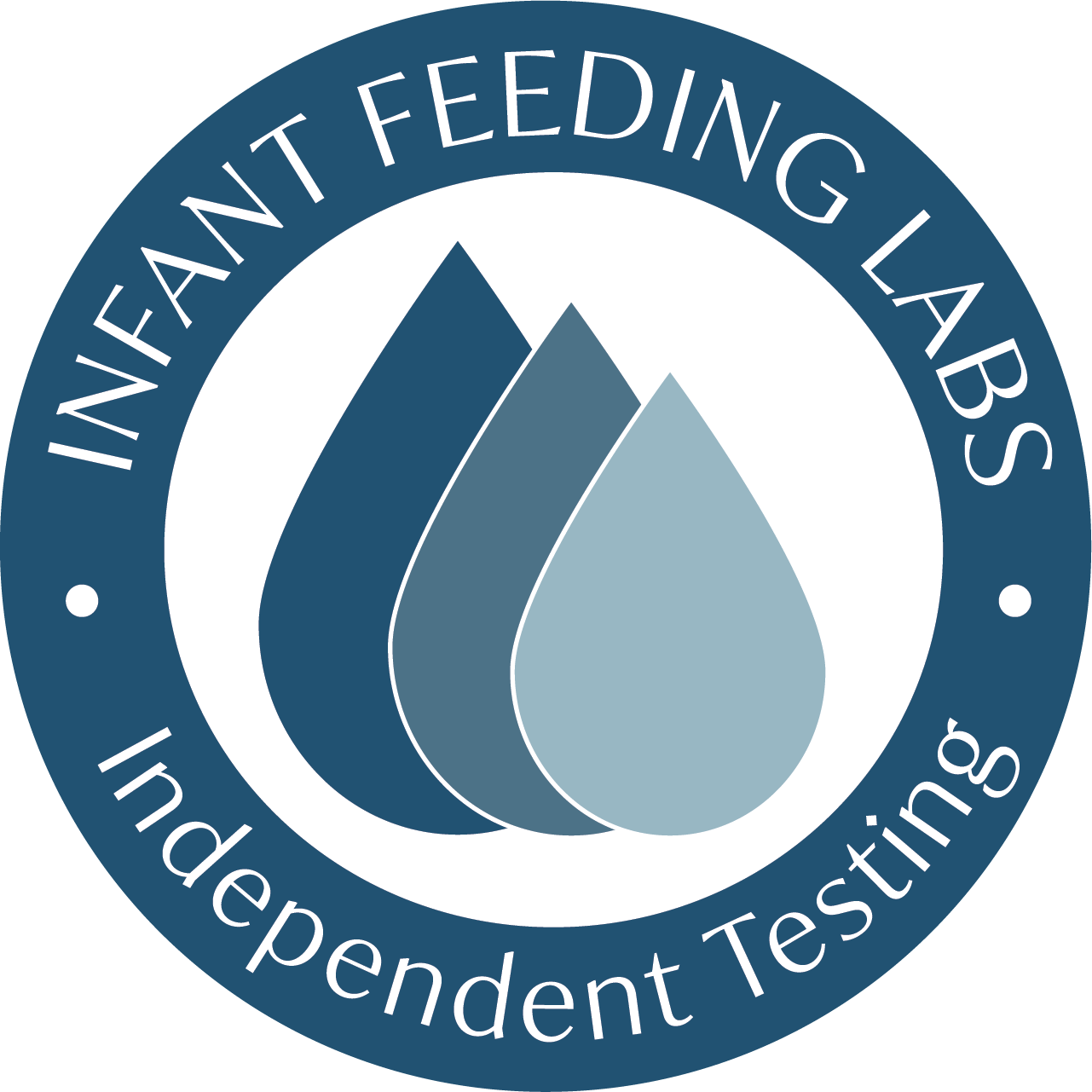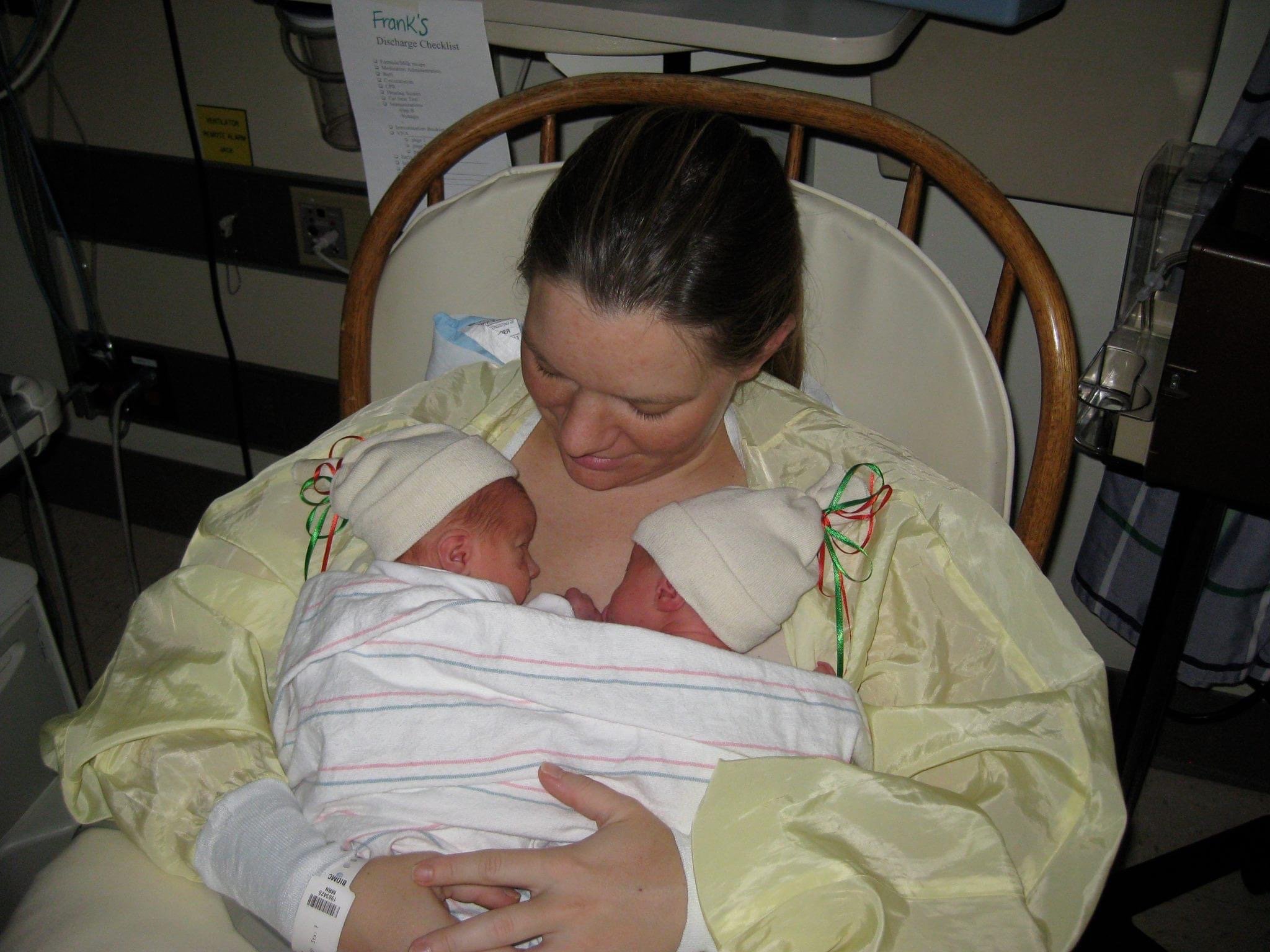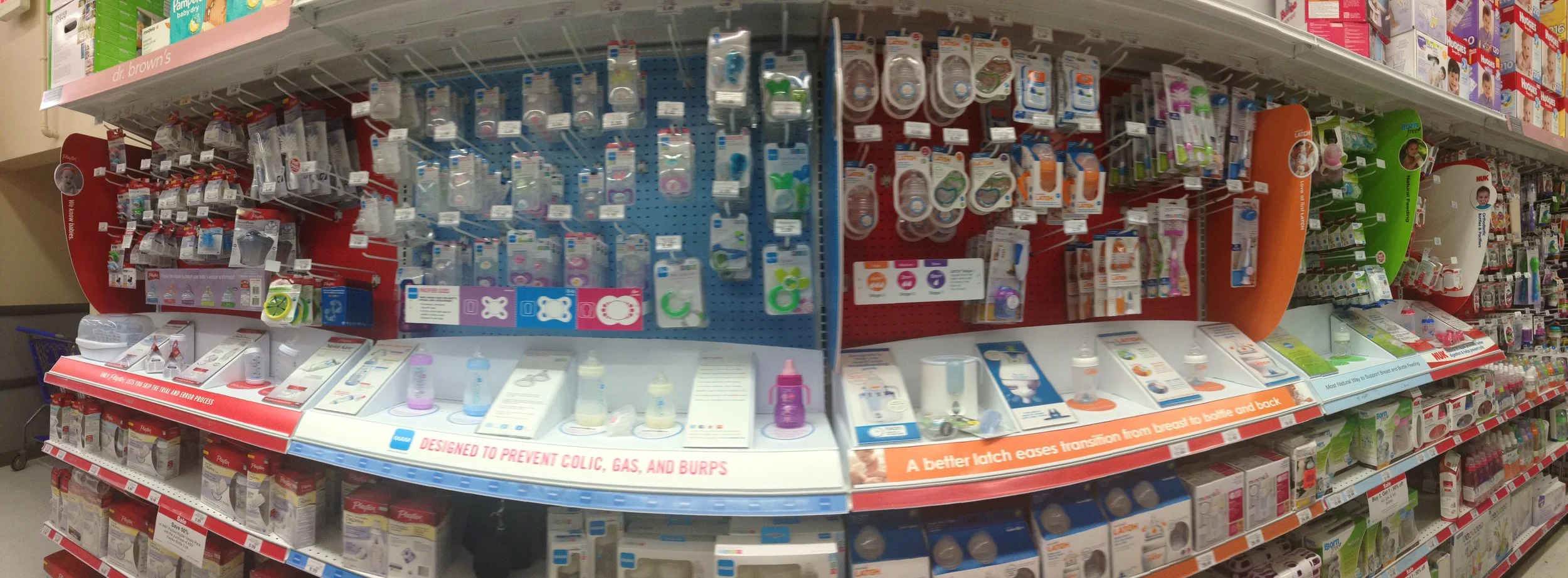
The mission of Infant Feeding Labs is to provide independent, third-party testing of infant feeding products that healthcare professionals & parents can rely on to make decisions about feeding babies safely.
Britt Pados, PhD, RN, NNP, IBCLC
I am a healthcare professional, researcher, educator, and mom. I am currently a Neonatal Nurse Practitioner (NNP) and International Board Certified Lactation Consultant (IBCLC) at Infant Feeding Care. I have a PhD in Nursing that focused on feeding in infants with medical complexity. I have studied infant feeding extensively and have published over 65 articles on feeding and gastrointestinal symptoms in infants and young children. I live in Massachusetts with my husband, 3 kids, and mischievous, but super cute puppy.
Founder & Owner, Infant Feeding Labs
The Story
I have always loved babies. Growing up, I also loved to hear my grandmother tell stories about the patients she worked with as a pediatric nurse. I always knew I would do something in the medical field. When studying to become a nurse, I discovered the Neonatal Intensive Care Unit (NICU). It was the perfect combination of my love for medicine and for babies. Infant Feeding Labs is the result of 20 years of helping babies to safely and successfully feed. More about the story below.
-

NICU Nurse
When I was a nurse in the NICU feeding babies, sometimes a baby would feed really well at one feeding and then not feed well at the next. I always assumed this had something to do with the baby. Maybe they were tired or something else was going on. It never occurred to me that it may be the bottle nipple. I assumed that what we were using to feed babies was safe. I assumed that if I fed a baby with a disposable slow-flow nipple at one feeding and another disposable slow-flow nipple at the next, that the flow rate would be the same.
-

Neonatal Nurse Practioner
As a neonatal NP, I worked with babies who had cardiac surgery. They would survive life-threatening procedures, then stay in the ICU, sometimes for weeks or months, learning to eat. Research was beginning to show that slow-flow bottles were better for premature babies, but was this true for babies with cardiac defects as well?
-

PhD Program
I went into the PhD program in nursing wanting to study whether slow-flow bottle nipples helped babies with congenital heart defects to feed better. This led to more questions than answers.
What is slow flow? What is standard flow? Is there a difference? How much of a difference? Is slow flow in one brand the same as another? What is preemie flow? Who regulates the labeling of bottles and nipples/teats?
-
NICU Mom
When my own babies (twins) were born prematurely, they spent time in the NICU learning how to feed. When they came home, I used the nipple that came with the breast pump I had. It was labeled slow flow, but my babies could not handle how fast it came out. They choked and coughed. I didn’t know what else to try and, as an exhausted mom of premature twins, I was overwhelmed by the options. I didn’t know what to try next.
-

Research
Through research on flow rates from bottle nipples, I have identified several REALLY important things:
Product labels mean almost nothing. There is no regulation. Slow flow in one brand is not the same as slow flow in another brand.
Flow rate REALLY matters. It is the most important factor in whether a baby feeds safely.
Consistency matters too, especially for babies who are learning to eat.
We have established & continued to improve the methods for testing flow rates of bottle nipples.
Infant Feeding Labs is the result of 20 years of professional and personal experience and aims to give professionals and parents the information they need to sort through the options and find the best bottle nipple/teat for feeding a baby safely and efficiently.
As Featured In
The Birth Lounge Podcast








